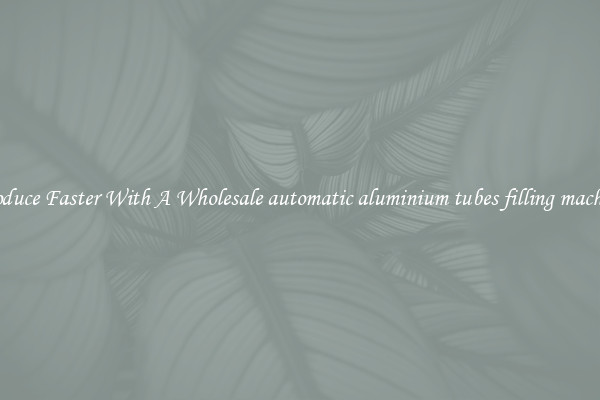Get A Wholesale types of conveyor belt joints To Improve Efficiency
Conveyor belts are an essential part of many industries, facilitating the smooth and efficient movement of materials from one point to another. However, over time, the joints of the conveyor belt can weaken and become a source of inefficiency and downtime. To ensure maximum efficiency and productivity, it is important to regularly inspect and maintain the conveyor belt joints, and consider upgrading to more efficient types of joints.

When it comes to conveyor belt joints, there are several options available, each with its own advantages and disadvantages. Some common types of conveyor belt joints include mechanical fasteners, vulcanized splices, and endless splices.
Mechanical fasteners are a popular choice for conveyor belt joints due to their ease of installation and removal. They consist of metal hooks or hinges that are fastened to the ends of the conveyor belt segments. While mechanical fasteners are relatively easy to install, they can become loose over time, leading to increased downtime and maintenance costs.
Vulcanized splices, on the other hand, involve heating and fusing the ends of the conveyor belt segments together using heat and pressure. This creates a seamless joint that is stronger and more durable than mechanical fasteners. However, vulcanized splices can be more time-consuming and costly to install, requiring specialized equipment and skills.
Endless splices, also known as finger splices, involve cutting the belt into thin strips and then rejoining them using adhesive or heat. Endless splices create a smooth and flexible joint that minimizes belt vibrations and noise. However, endless splices can be more expensive and difficult to install compared to other types of joints.
To improve the efficiency and durability of your conveyor belt joints, it is important to choose the right type of joint for your specific application. Consider factors such as the type of material being transported, the operating conditions, and the maintenance requirements when selecting a conveyor belt joint.
If you are looking to upgrade your conveyor belt joints to improve efficiency and productivity, consider getting wholesale types of conveyor belt joints. By purchasing in bulk, you can save money on the cost of materials and installation, and ensure that you have a steady supply of joints on hand for maintenance and repairs.
In conclusion, regular maintenance and inspection of conveyor belt joints are crucial for ensuring the smooth and efficient operation of your conveyor system. By choosing the right type of joint and considering wholesale options, you can improve the efficiency and reliability of your conveyor belt system, leading to increased productivity and cost savings in the long run.

View details

View details

View details

View details








